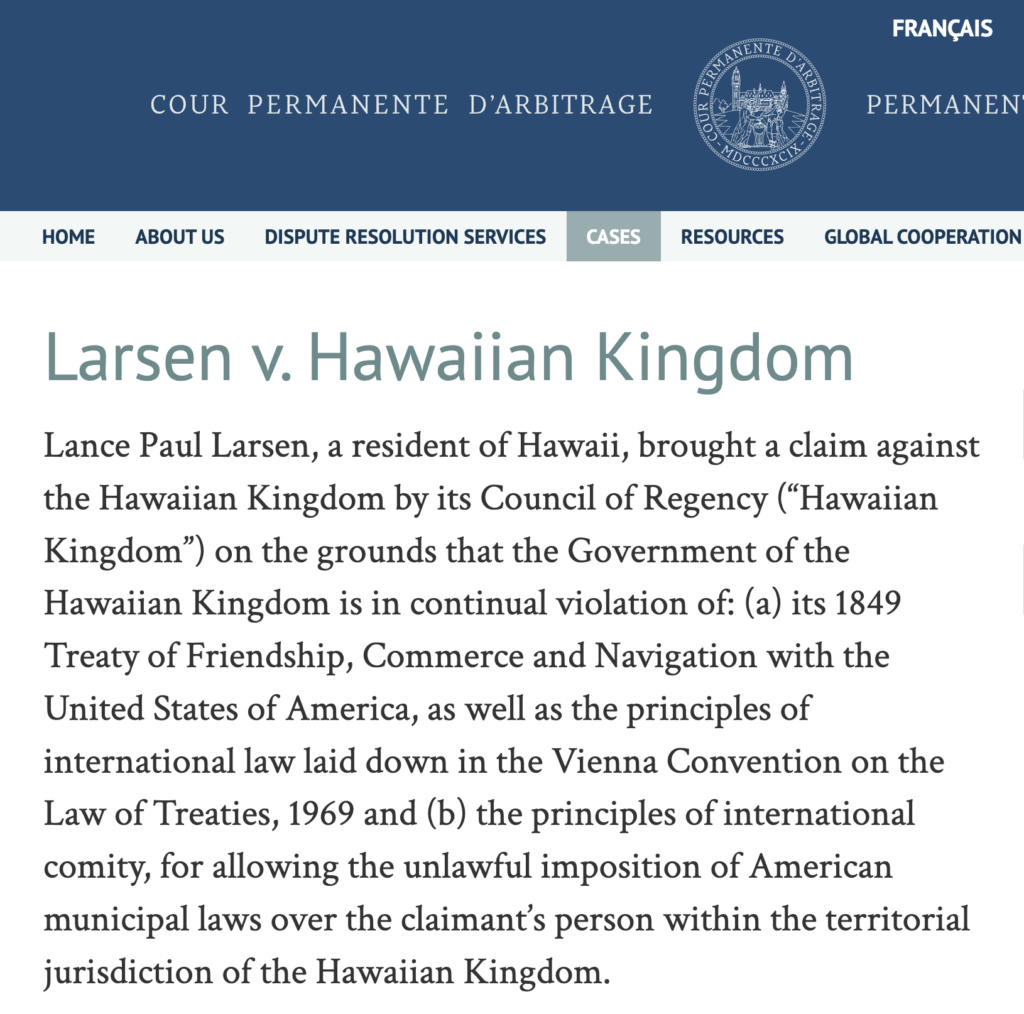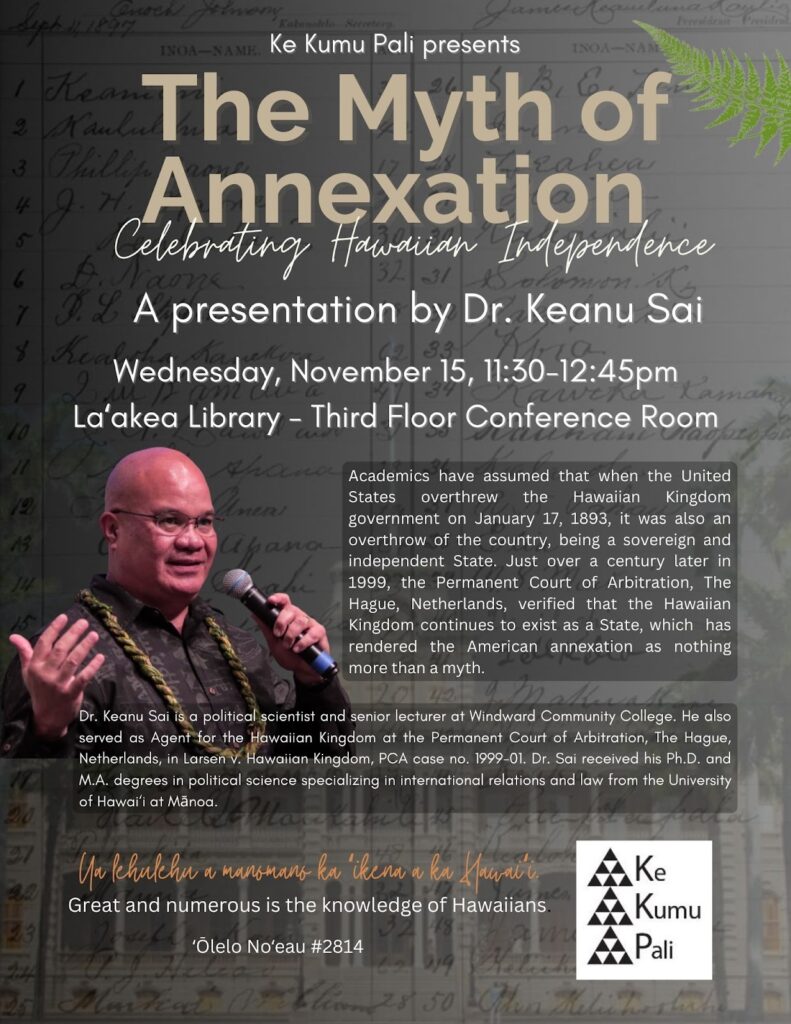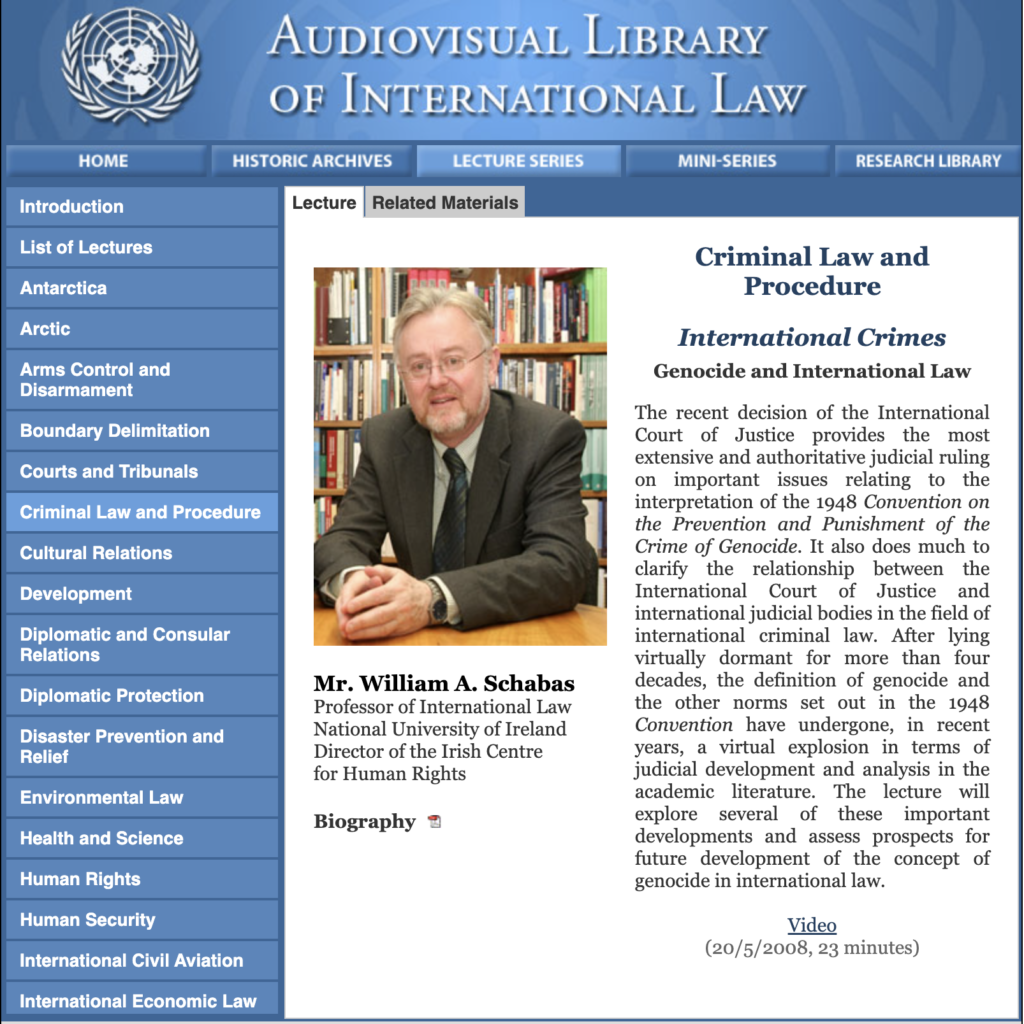When the government of the Hawaiian Kingdom was restored in 1997 by a Council of Regency, it came into existence where the population of the Hawaiian Islands effectively had their national consciousness of the Hawaiian Kingdom from the nineteenth century obliterated and replaced with an American national consciousness. The process by which this obliteration occurred was by a deliberate and consistent policy of denationalization through Americanization that was formally instituted in the public and private school system in 1906 by the Department of Public Instruction, which is currently called the Department of Education.

According to the Programme, “The teacher will call one of the pupils to come forward and stand at one side of the desk while the teacher stands at the other. The pupil shall hold an American flag in military style. At second signal all children shall rise, stand erect and salute the flag, concluding with the salutation, ‘We give our heads and our hearts to God and our Country! One Country! One Language! One flag!’”
In 1907, Harper’s Weekly magazine covered the Americanization taking place at Ka‘ahumanu and Ka‘iulani Public Schools, which has students from the first to eighth grade. When the reporter visited Ka‘iulani Public School, he documented the policy being carried out and took a picture of the 614 school children saluting the American flag. He wrote:
At the suggestion of Mr. Babbitt, the principal, Mrs. Fraser, gave an order, and within ten seconds all of the 614 pupils of the school began to march out upon the great green lawn which surrounds the building. Hawaii differs from all our other tropical neighbors in the fact that grass will grow here. To see beautiful, velvety turf amid groves of palms and banana trees and banks of gorgeous scarlet flowers gives a feeling of sumptuousness one cannot find elsewhere.
Out upon the lawn marched the children, two by two, just as precise and orderly as you can find them at home. With the ease that comes of long practice the classes marched and countermarched until all were drawn up in a compact array facing a large American flag that was dancing in the northeast trade-wind forty feet above their heads. Surely this was the most curious, most diverse regiment ever drawn up under that banner—tiny Hawaiians, Americans, Britons, Germans, Portuguese, Scandinavians, Japanese, Chinese, Porto-Ricans, and Heaven knows what else.
‘Attention!’ Mrs. Fraser commanded.
The little regiment stood fast, arms at sides, shoulders back, chests out, heads up, and every eye fixed upon the red, white, and blue emblem that waved protectingly over them.
‘Salute!’ was the principal’s next command.
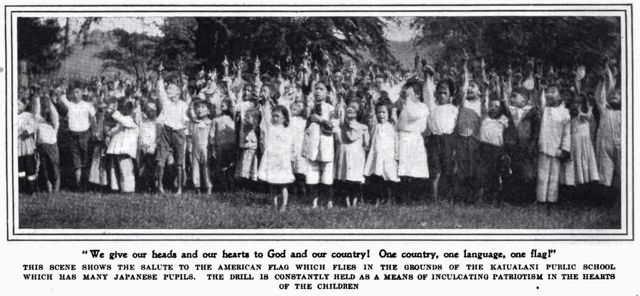
Every right hand was raised, forefinger extended, and the six hundred and fourteen fresh, childish voices chanted as one voice:
‘We give our heads and our hearts to God and our Country! One Country! One Language! One Flag!’
The last six words were shot out with a force that was explosive. The tone, the gesture, the gaze fixed reverently upon the flag, told their story of loyal fervor. And it was apparent that the salute was given as spontaneously and enthusiastically by the Japanese as by any of the other children. There were hundreds of them in the throng, and their voices rang out as clearly as any others, their hands raised in unison. The coldest clod of a man who sees the children perform this act of reverence must feel a tightening at the throat, and it is even more affecting to see these young atoms from all the world actually being fused in the crucible from which they shall issue presently as good American citizens.”
Under customary international law, Americanization is a war crime of denationalizing the inhabitants of an occupied territory. Germans and Italians were prosecuted for the same war crime after World War II for implementing a systematic plan of Germanization and Italianization in occupied territories.
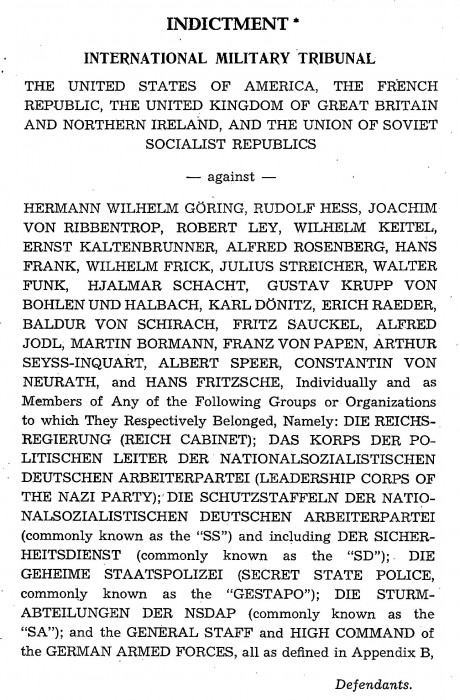

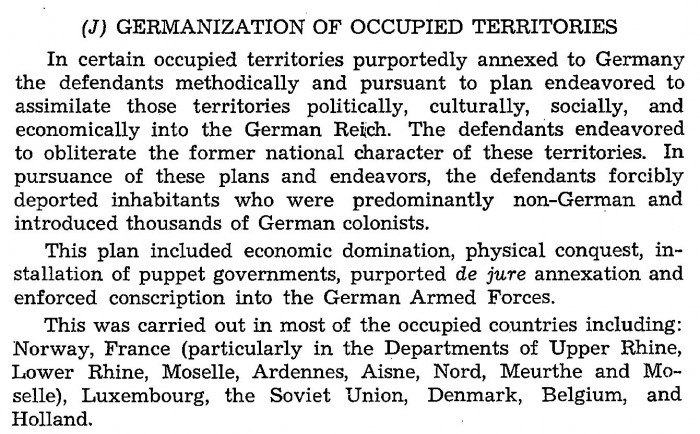
The insurgency relied on loyalty, not merit, to fill the ranks of their provisional government in 1893 and their so-called Republic of Hawai‘i in 1894. When the United States seized control of the Hawaiian Islands by renaming the Republic of Hawai‘i to the Territory of Hawai‘i in 1900 loyalty in the ranks were continued by the insurgency pretending to be American citizens.
The lead insurgent, Sanford Dole, as President of the Republic of Hawai‘i, was appointed by President McKinley to be the Governor of the Territory of Hawai‘i. Loyalty to the insurgency was party affiliation to the Republican Party. In 1959, when the United States changed the name of the Territory of Hawai‘i to the State of Hawai‘i, loyalty was now under a new party—the Democratic Party, which continues today. While international law renders the current apparatus of the State of Hawai‘i not as a legitimate government but rather an occupant that is committing war crimes against the population of the Hawaiian Islands, it has not altered the firm grip of loyalty in the minds of alleged war criminals. What will eventually break this chain is criminal culpability and prosecutions like what occurred with with the Nazi Party in Germany.
When the Hawaiian government was restored in 1997 by a Regency, its officers had to conform to Hawaiian constitutional law and administrative processes. King Kamehameha III established, as an administrative process, meritocracy, which is where government jobs were based on merit and not solely on loyalty. Responding to a slew of appeals to remove these foreign advisors who replaced native Chiefs, Kamehameha III penned the following letter that was communicated throughout the realm—a letter that speaks to the time and circumstance the kingdom faced and establishing a meritocracy:
Kindly greetings to you with kindly greetings to the old men and women of my ancestors’ time. I desire all the good things of the past to remain such as the good old law of Kamehameha that “the old women and the old men shall sleep in safety by the wayside,” and to unite with them what is good under these new conditions in which we live. That is why I have appointed foreign officials, not out of contempt for the ancient wisdom of the land, but because my native helpers do not understand the laws of the great countries who are working with us. That is why I have dismissed them. I see that I must have new officials to help with the new system under which I am working for the good of the country and of the old men and women of the country. I earnestly desire to give places to the commoners and to the chiefs as they are able to do the work connected with the office. The people who have learned the new ways I have retained. Here is the name of one of them, G.L. Kapeau, Secretary of the Treasury. He understands the work very well, and I wish there were more such men. Among the chiefs Leleiohoku, Paki, and John Young [Keoni Ana] are capable of filling such places and they already have government offices, one of them over foreign officials. And as soon as the young chiefs are sufficiently trained I hope to give them the places. But they are not now able to become speakers in foreign tongues. I have therefore refused the letters of appeal to dismiss the foreign advisors, for those who speak only the Hawaiian tongue.
The Council of Regency and its officers had to become proficient in Hawaiian constitutional law, administrative law, land tenure, public international law, international humanitarian law, and the law of occupation. This is why Dr. Keanu Sai, as Chairman of the Council of Regency, secured a M.A. degree and a Ph.D. degree in political science specializing in international relations and law. Dr. Sai’s merit is also reflected in multiple peer review articles and published books on the topic of the Hawaiian Kingdom and its continued existence.
Loyalty was satisfied by Hawaiian administrative law where the members of the Cabinet Council were required to take the following oath, “I solemnly swear in the presence of Almighty God, that I will faithfully support the Constitution and laws of the Hawaiian Kingdom, and faithfully and impartially discharge the duties of [Minister of Foreign Affairs, the Minister of the Interior, the Minister of Finance, and the Attorney General].”
Under the law of occupation there is a working relationship between the occupant and the Regency as the government of the occupied State. International law constrains and regulates the actions of both entities with its collective duty of protecting the population of the occupied State. The law of occupation places another duty, which is paramount, on the head of the State of Hawai‘i Department of Defense, Major General Kenneth Hara, to proclaim the transformation of the State of Hawai‘i into a Military Government and begin to comply with the law of occupation.
According to the U.S. Manual for Courts-Martial, a “duty may be imposed by treaty, statute, regulation, lawful order, standard operating procedure, or custom of the Service.” In this case, MG Hara’s duty is imposed upon him by Article 43 of the 1907 Hague Regulations, and U.S. Department of Defense Directive 5001.1 that states it is the duty of the Army in “[occupied] territories abroad [to] provide for the establishment of a military government pending transfer of this responsibility to other authority.” It is not the duty of the Navy, Marines, or the Air Force. U.S. Army field manuals (“FM”) regulating military government are FM 27-5—Civil Affairs Military Government, FM 27-10—The Law of Land Warfare, FM 3-57—Civil Affairs Operations, and FM 6-37—The Commander’s Handbook on the Law of Land Warfare.
MG Hara’s failure to perform this duty that is established by treaty as an Army general officer is a crime under the Uniform Code of Military Justice, and a war crime of omission under international law. A soldier who is found guilty of willful dereliction of duty resulting in death or grievous bodily harm is subject to “dishonorable discharge, forfeiture of all pay and allowances, and confinement for 2 years.”
The war crimes tribunals in Nuremburg and Tokyo that followed the end of hostilities during the Second World War, “marked a clear recognition by the international community that all members of the chain of command who participate or acquiesce in war crimes must bear individual criminal responsibility.” Command responsibility arises when the military superior during an occupation of a foreign State fails to exercise sufficient control and accountability for his/her subordinates’ in the commission of war crimes. And a “non-military commander is [also] responsible for omissions which lead to the commission of crimes.” The doctrine of command responsibility arises when the superior, by omission, fails to control or punish those under his/her command.
Paragraph 4-24 of the 2020 Army Regulations 600-200 states, “Commanders are legally responsible for war crimes they personally commit, order committed, or know or should have known about and take no action to prevent, stop, or punish.” The failure of MG Hara to transform the State of Hawai‘i into a Military Government has allowed for war crimes to be committed with impunity throughout the Hawaiian Islands by the unlawful imposition of American laws over Hawaiian territory, which is the war crime of usurpation of sovereignty during military occupation. This imposition of American laws has led to secondary war crimes such as unfair trials, unlawful confinement, confiscation or destruction of property, denationalization, pillage, etc.
According to the U.S. Department of Defense, command and control is the “exercise of authority and direction by a properly designated commander over assigned forces in the accomplishment of the mission.” Establishing a Military Government is a mission of the Army in occupied territory, and when it is established, it is not based upon democratic principles. U.S. Army Field Manual 27-5 states, “Military government is exercised when an armed force has occupied such territory, whether by force or agreement, and has substituted its authority for that of the sovereign or previous government. The right of control passes to the occupying force limited only by the rules of international law and established customs of war.”
FM 27-5 also states under command responsibility, the “theater commander bears full responsibility for military government; therefore, he is usually designated as military governor or civil affairs administrator, but is authorized to delegate his authority and title, in whole or in part, to a subordinate commander. In occupied territory the commander, by virtue of his position, has supreme legislative, executive, and judicial authority, limited only by the laws and customs of war and by directives from higher authority.” And the reasons for the establishment of military government “are either military necessity as a right, or as an obligation under international law.”
The mission of a military government assumes that the population of the occupied territory is hostile to its presence, which is precisely why the military governor has command and control. The military governor does not maintain the loyalties of the former government but rather severs it by replacing it with his authority in order to temporarily administer the laws of the occupied State until a peace treaty has been agreed upon that would bring the occupation to an end.
After General Dwight Eisenhower proclaimed the establishment of a Military Government in Germany on April 19, 1945, began the de-Nazification of Germany. In his proclamation, General Eisenhower stated, “we shall obliterate Nazi-ism and German Militarism. We shall overthrow the Nazi rule, dissolve the Nazi Party and abolish the cruel, oppressive and discriminatory laws and institutions which the Party has created. We shall eradicate that German Militarism which has so often disrupted the peace of the world. Military and Party leaders, the Gestapo and others suspected of crimes and atrocities will be tried and, if guilty, punished as they deserve.”
Like in the case of Germany, the Military Government for Hawai‘i would have to “obliterate” American-ism and American Militarism in order to begin the restoration of Hawaiian Kingdom national consciousness that existed before the American invasion on January 16, 1893. American-ism and American Militarism was established by the American authorities themselves in order to conceal the illegality of the occupation and the militarization of an occupied State. This would not be an easy task but it is, nevertheless a duty imposed by treaty and Army regulations, which falls squarely on MG Hara despite his personal feelings and/or perceived loyalties to the Democratic Party of the current administration. As an Army general officer, MG Hara is held to a higher standard than any person pretending to be an American politician in an occupied State, and his training and military education reveals it.
There would, however, be no duty imposed upon MG Hara if the Hawaiian Kingdom had ceased to exist as a State under international law, but this is not the case because his Staff Judge Advocate, Lieutenant Colonel Lloyd Phelps, could not find any legal evidence that that was the case.
In 2014, LTC Phelps was the Deputy Prosecuting Attorney for the County of Maui in State of Hawai‘i v. English et al., criminal no. 14-1-0819, brought before Judge Joseph P. Cardoza of the Second Circuit Court. Attorney General for the Hawaiian Kingdom, Dexter Ka‘iama, served as the defendants’ counsel who filed a motion to dismiss both criminal complaints on the grounds that the court lacked subject matter jurisdiction because of the American military occupation of the Hawaiian Kingdom. Mr. Ka‘iama has been serving as the Attorney General of the Hawaiian Kingdom and member of the Council of Regency since August 11, 2013.
An evidentiary hearing was held at the Second Circuit Court on March 5, 2015, where Dr. Keanu Sai served as expert witness for the defense. The purpose for the evidentiary hearing was to meet the burden of proof established by the Intermediate Court of Appeals in State of Hawai‘i v. Lorenzo whereby defendants that are contesting the jurisdiction of the court must provide a “factual (or legal) basis for concluding that the Kingdom exists as a state in accordance with recognized attributes of a state’s sovereign nature.”
In Dr. Sai’s expert testimony, he provided the factual circumstances of the United States military occupation of the Hawaiian Kingdom and the unlawful imposition of American municipal laws as to the reason why the Court does not have subject matter jurisdiction because its authority extends from the 1959 Statehood Act passed by the Congress, which has no extra-territorial effect. In the court’s transcripts, Dr. Sai stated that for the Court to proceed it would violate “Article 147 [1949 Fourth Geneva Convention], unfair trial [as] a grave breach, which is considered a war crime.” When asked by Judge Cordoza, “Any cross-examination?” LTC Phelps responded, “Your Honor, the State has no questions of Dr. Sai. Thank you for his testimony. One Army officer to another, I appreciate your testimony.”
Binding on MG Hara was also the fact that the United States already recognized the continued existence of the Hawaiian Kingdom as a State and the Council of Regency as its government by opinio juris. Additionally, the United States explicitly recognized the Council of Regency, by a mutual agreement, so it could be granted permission to access all records and pleadings of the Larsen v. Hawaiian Kingdom case at the Permanent Court of Arbitration.
For MG Hara to continue to deny the overwhelming evidence that imposes upon him the duty and obligation to transform the State of Hawai‘i into a Military Government, he is establishing a very strong basis of “willfulness” of not performing his duty, which satisfies the criminal intent for the war crime of omission.


